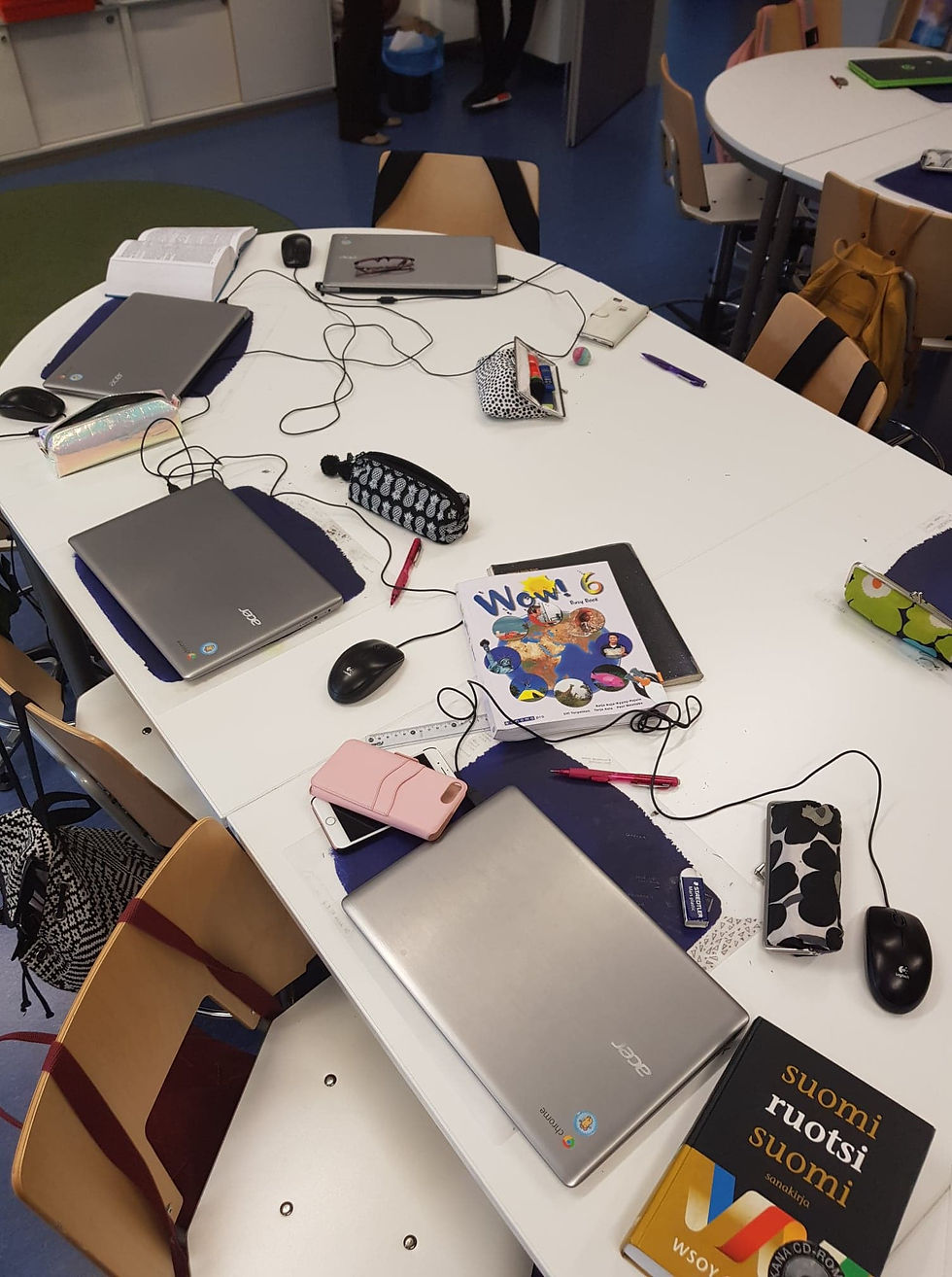Pedagogical Xenophobia: Why Comparative Pedagogy Cannot Be Ignored
- Sep 25
- 2 min read

Imagine rejecting a solution simply because it comes from another country, even when it could transform learning for your students. This is the reality of pedagogical xenophobia—the fear or dismissal of “foreign” educational knowledge. From policymakers to teachers, too many decision-makers ignore international research and best practices, believing that innovation can only be homegrown. Yet evidence shows that learning is universal, and adapting global insights can revolutionize local classrooms. One inspiring example comes from Xplus in Lommel, a school under the GO! Scholengroep Xpert, Belgium, where Finnish-inspired Humanistic and Investigative Learning Environment (HILE) principles were thoughtfully adapted to create a more engaging, student-centered school.
What is Pedagogical Xenophobia?
Pedagogical xenophobia is the systematic neglect, rejection, or fear of educational theories, practices, and research originating outside one’s own cultural or national context. It manifests in the assumption that “foreign” pedagogical approaches are irrelevant, incompatible, or inapplicable, despite the universal nature of core pedagogical phenomena such as learning, motivation, and human development.
This mindset isolates educators and policymakers, wastes resources, and limits innovation. It encourages short-term, politically driven reforms rather than evidence-based transformation.
Case Study: HILE Implementation at Xplus, Lommel, Belgium
The Humanistic and Investigative Learning Environment (HILE) model, inspired by Finnish pedagogy, was recently piloted at Xplus Lommel, part of the GO! Scholengroep Xpert in Belgium. Initially, some educators were skeptical: “That works in Finland, but not here.” This is a textbook example of pedagogical xenophobia.
Instead of rejecting the model, the Xplus team partnered with LET & Schooling Group VZW to adapt it thoughtfully:
Investigative learning was integrated into existing Belgian curricula through project-based modules.
Humanistic pedagogy emphasized student voice and teacher-student dialogue, blending Finnish inspiration with Flemish educational values.
Professional learning communities allowed teachers to reflect collectively on practice, mirroring Finland’s culture of teacher autonomy while fitting the local context.
The result: a learning environment that felt authentically Belgian but was enriched by international best practices. This adaptation demonstrates that comparative pedagogy is not about copying—it is about translating insights across contexts.
Why We Must Overcome Pedagogical Xenophobia
Dialogue over isolation. Countries should learn systematically from each other through critical reflection, not superficial visits.
Adaptation over imitation. Comparative pedagogy trains us to translate, not transplant, educational models.
Trust over fear. Openness to global pedagogy strengthens local systems instead of undermining them.
Education is too important to remain insular. Comparative pedagogy and didactics provide the tools to think globally and act locally. Xplus in Lommel shows that when pedagogical xenophobia is overcome, reform is both innovative and culturally grounded.
The challenge is clear: We must dare to learn from one another—or risk stagnation in an era that demands agile, evidence-based education.




Comments